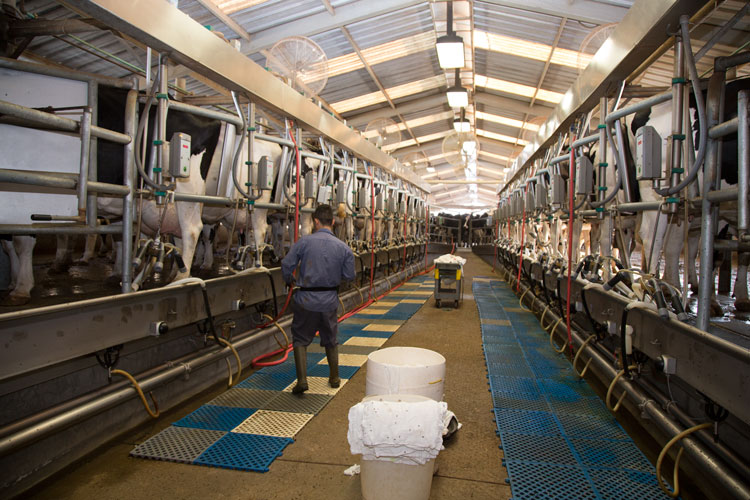
Somatic cell count (SCC) has been and remains the golden standard of milk quality. That being said, milk quality can be in question even when SCC is in check.
“There may still be evidence of milk quality issues even when SCC is low,” explained the University of Kentucky’s Selene Reeves and Donna Amaral-Phillips.
Specifically, the pair is referencing bacteria that grow in cold environments that are sometimes responsible for milk quality issues even when SCC is low. Known as psychrotrophic bacteria, they show up on PI (preliminary incubation) counts that affect milk quality bonuses.
Although a high PI count typically indicates less than ideal cleanliness of equipment or cows, the cause can be difficult to nail down.
They recommend checking eight areas for issues if your farm struggles with a high PI count.
- Milking equipment wash water temperature should be between 155°F and 170°F at the start of washing and drain before it drops below 120°F.
- Acid sanitation should always be used after hot water and detergent are used to clean equipment.
- Rubber parts can be particularly susceptible to contamination, especially if they are cracked. Wash thoroughly and replace when needed.
- Bulk tanks need to be cleaned with water at a temperature above 155°F after each milk pick-up.
- Sanitizers before milking are recommended and are most effective if they include iodine or chlorine.
- Refrigeration is vital to stalling psychrotrophic bacteria growth. The milk should be cooled to 40°F within one hour of milking and down to 36°F to 38°F by the following hour.
- Udder cleanliness is important to limiting the opportunity of bacterial exposure, and teats should be sanitized then wiped with a clean towel each milking.
- Teat cup liners should be cleaned after each milking and replaced after the recommended number of milkings.

The author is an associate editor. She covers feeding and nutrition, youth activities and heads up the World Dairy Expo Supplement. Maggie was raised on a 150-cow dairy near Valley Center, Kansas, and graduated from Kansas State University with degrees in agricultural communications and animal sciences.







